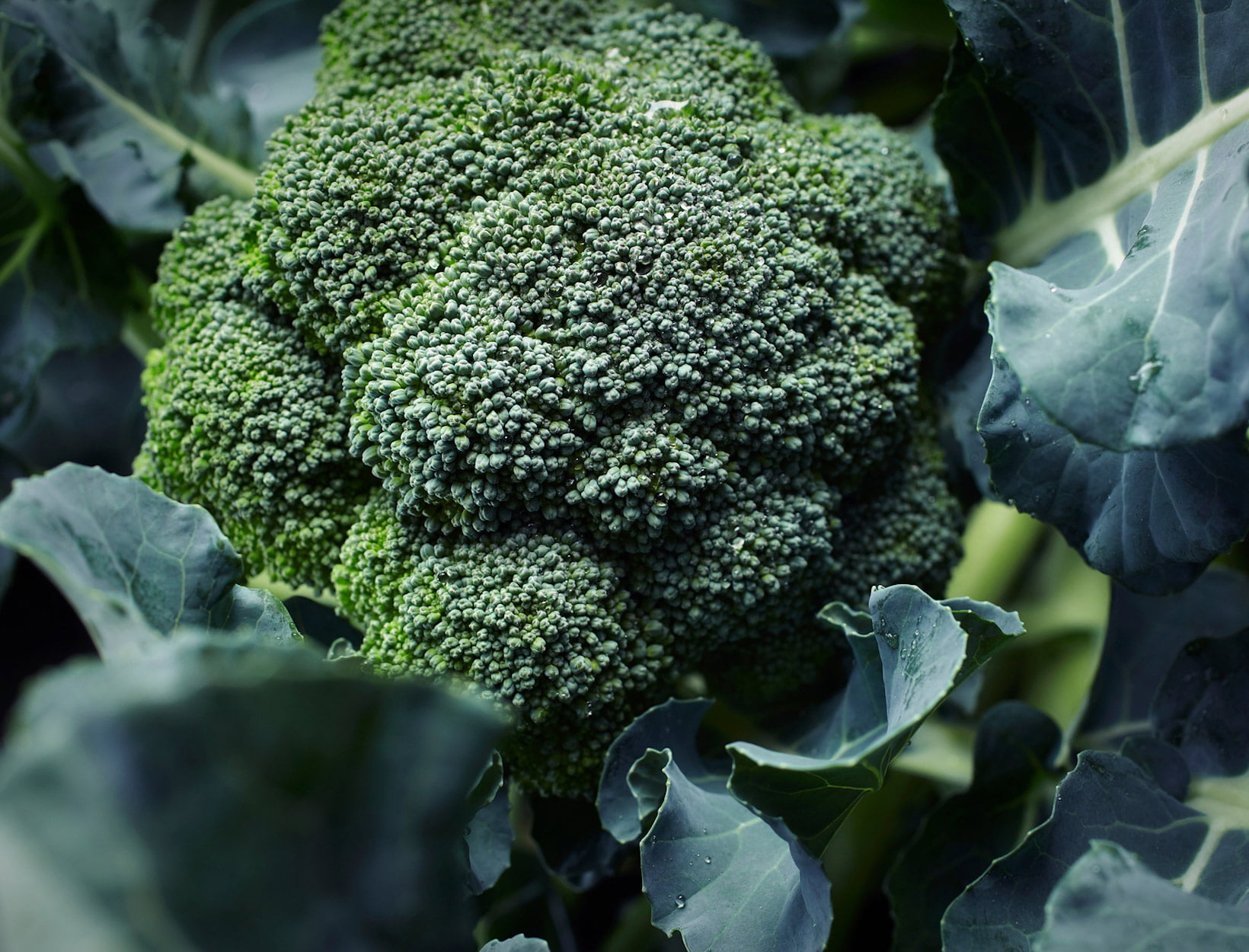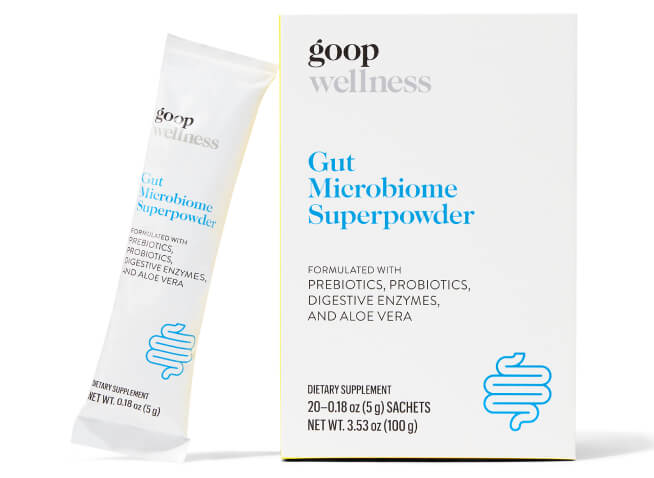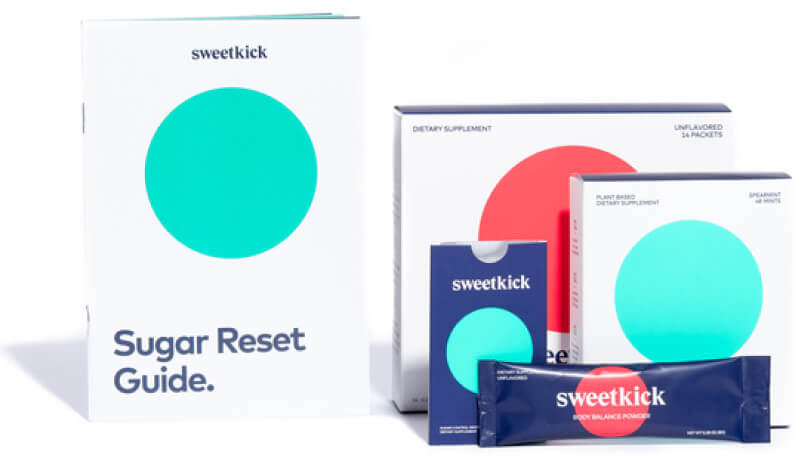Ask Gerda: What Makes You Bloated? | Goop

Gerda Endemann, our senior director of science and research, has a BS in nutrition from UC
Berkeley, a PhD in nutritional biochemistry from MIT, and a passion for cherry-picking from our wellness shop.
She
spends a lot of her time interpreting research—established and emerging. And our wellness routines thank her for
this. (Yours will, too. Send us your own questions for Gerda: [email protected].)
Dear goop, I become bloated sometimes after eating but can’t figure out if it’s due to a particular food or something else. What are some of the reasons for bloating? —Hannah A.
Hi, Hannah. The major reason for bloating is gas. The gas could come from carbonated drinks or from swallowing air if you eat too fast. One school of thought says that chewing each bite thirty times is the key to health. Not a bad idea: It would slow you down, aid with digestion, and perhaps prevent swallowing air. (My third-grade teacher subscribed to this theory, so there wasn’t much time left at lunch recess for playing. Only in California.)
But in a lot of cases, it’s certain foods that cause gas. Beans are obvious offenders, but there are less well-known foods that cause gas in some people and not in others. And that depends on your digestive enzymes and on the bacteria in your gut. It’s the gut bacteria that produce gas—methane and hydrogen—from our undigested foods.
Whatever foods we don’t digest can’t be absorbed in the small intestine, so they travel on down to the large intestine, where bacteria use them and produce gas. You can reduce bloating by supporting the complete digestion of foods, by encouraging the growth of less gassy gut bacteria, and by promoting the health of your intestinal cells that make digestive enzymes and absorb foods. goop’s wellness product development team included all of these approaches in an appropriately named new product, Gut Microbiome Superpowder.*
This unflavored, unsweetened—you’re welcome—powder comes in small sachets that you can mix into any cool liquid. You’ll notice that it contains a particular strain of probiotic bacteria, Lactobacillus plantarum 299v (LP299V®). The 299v strain is backed by solid clinical study results showing that it can relieve occasional digestive discomfort and bloating. This clinically studied dose of 299v alone would make a good product.*
But Gut Microbiome Superpowder also contains enzymes to help support digestion of proteins, fats, and starches. And it contains the amino acid glutamine to nourish intestinal cells, plus a concentrated extract of aloe vera, traditionally used for its soothing properties. Well-functioning intestinal cells form a barrier that keeps irritating undigested foods out of the body. Plus, these cells make important digestive enzymes. Gut bacteria, enzymes, and intestinal cells work closely together, so it makes sense for a gut product to address them all.*
However, you may prefer to take different combinations of these ingredients in other delivery formats. The Nue Co. makes capsules containing seventeen digestive enzymes together with turmeric, ginger, cinnamon, and licorice. This licorice root extract, GutGard, has been studied clinically and shown to support gut health and digestion.*
-
Seed formulates its synbiotic capsules with twenty-four strains of helpful probiotic bacteria together with prebiotics from pomegranate.*
-
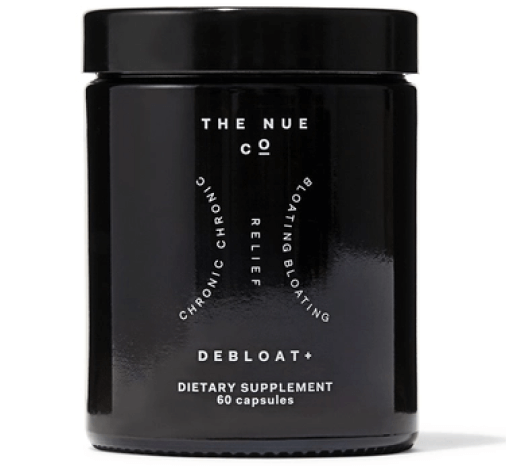 The Nue Co.
The Nue Co.
DEBLOAT+
goop, $45SHOP NOW
-
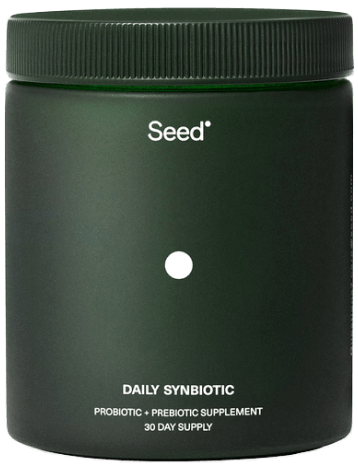 Seed
Seed
DAILY SYNBIOTIC
goop, $60SHOP NOW
In addition to supporting gut health with supplements, it’s a good idea to identify any foods that you don’t absorb well. Dairy products are a common example. Are you bloated after eating yogurt, ice cream, or fresh cheeses? This can come and go: Stress and illness can cause temporary intolerance of the sugar in milk, lactose. If this is the case, lay off dairy products for a while to let your intestinal cells recover.
Now there’s evidence that table sugar, sucrose, affects some people the same way. As can fructose, the fruit sugar. Do you react to sources of fructose like apple juice, high-fructose corn syrup, pears, cherries, peaches, and watermelon? Sweetkick makes mints that may help reduce the appeal of sugary foods. They contain an extract from the plant Gymnema sylvestre, which temporarily suppresses the taste of sweetness, so sweet foods may not taste as appealing.*
The list of gas-causing foods is discouragingly long. You may have heard the term FODMAP (fermentable oligosaccharides, disaccharides, monosaccharides, and polyols). It refers to anything bacteria can use. This includes the sugars mentioned above: sucrose, fructose, and lactose. And it includes fibers that we don’t digest, such as inulin, that bacteria do use. Sorbitol, xylitol, and mannitol are also FODMAPs. You will find them in sugar-free and low-calorie gums, mints, and cough medicines.
Harvard Health Publishing has a helpful list of foods that are high in FODMAPs. Common ones include rye, wheat, onions, garlic, artichokes, asparagus, Brussels sprouts, broccoli, beets, and beans. It’s a bit confusing because in general, eating vegetables that provide our gut bacteria with nourishing fibers supports the health of the gut. But nutrition is all about moderation, for us and our bacteria, and respecting our needs as individuals. If your microbiome is out of balance, healthy foods that feed bacteria could be exacerbating your symptoms.
-
If temporarily eliminating foods that are high in FODMAPs turns out to be helpful, then you may wish to reintroduce foods one at a time to figure out which are the offenders. It’s best to work with a dietitian for this, because doing an elimination diet correctly can be challenging. (We like the My Food Is Health program from registered dietitian nutritionist Brigid Titgemeier, and she answers questions about low-FODMAP diets here.)
And finally, if you’re trying to cut out FODMAPs and it seems like there’s nothing you can eat, treat yourself to a coconut milk latte with saffron.
-
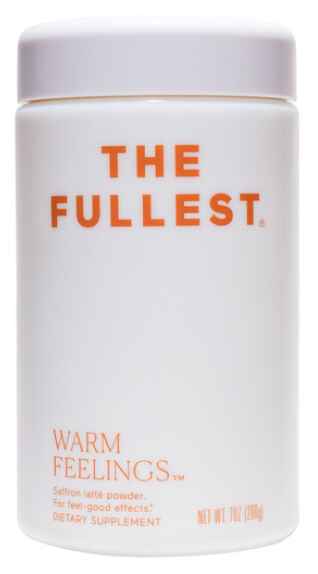 The Fullest
The Fullest
WARM FEELINGS SAFFRON LATTE 7 OZ
goop, $68SHOP NOW
There’s more info about fibers, foods, and gas in this goop PhD article. And there’s more about elimination diets and detoxes here.
(Of course, as always, consult your doctor about any medical condition, such as chronic bloating.)
*These statements have not been evaluated by the Food and Drug Administration. These products are not intended to diagnose, treat, cure, or prevent any disease.
LP299V® is a registered trademark of Probi AB.
This article is for informational purposes only. It is not, nor is it intended to be, a substitute for professional medical advice, diagnosis, or treatment and should never be relied upon for specific medical advice. To the extent that this article features the advice of physicians or medical practitioners, the views expressed are the views of the cited expert and do not necessarily represent the views of goop.
This article was originally published by goop.com. Read the original article here.

